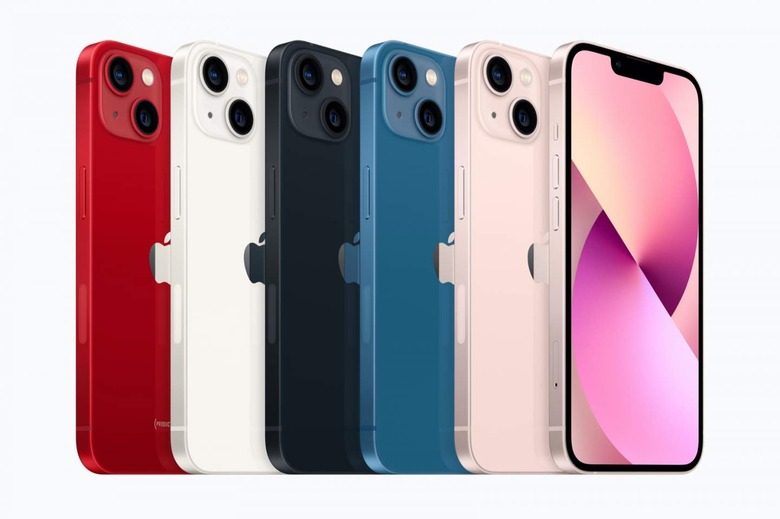Travelers Are Going To Love The iPhone 13
Apple may have spared no hyperbole during its big iPhone 13 event yesterday, but eager travelers may find the most useful improvements didn't get a mention in the glossy launch stream. Like last year's iPhone 12 family, there's 5G across the board from the smallest iPhone 13 mini through to the flagship iPhone 13 Pro Max, but changes in how and where you'll be able to connect could make a difference.
Apple has long created different versions of the iPhone in each generation, distinguished with different connectivity support for different regions. In the days when CDMA was more relevant, for example, US iPhone SKUs supported Verizon and Sprint's CDMA networks. Versions of the phones sold elsewhere in the world, however, typically lacked that radio support.
Another layer of interest was added in 2018, when Apple embraced dual-SIM support. Since the iPhone XS, you've been able to have a physical nanoSIM card and an eSIM active in your handset, of particular usefulness to those who travel internationally and want both their home and a localized connection to be active. With the iPhone 13 family, though, Apple is adding dual eSIM support.

That means, although there's still a physical SIM slot, you could ignore it altogether with the iPhone 13 and iPhone 13 Pro. Instead, you could load two eSIM profiles; they're increasingly used by carriers like Google Fi. Having two of those virtual slots makes it easier for, say, Google Fi at home and a localized eSIM in your travel destination of choice. Or, for that matter, two eSIMs at home: one for work and another for business.
Lending to the international appeal is Apple's additional band support. As PCMag details, there are five different iPhone 13 variants by geographical availability. Unlike in previous years, where the US-spec model has lacked support for some of the bands used more commonly in international markets, this time around it's the US-spec iPhone 13 which has the broadest array.
For 5G, there's a total of 24 bands supported on the US model. That includes all the common bands required by AT&T, Verizon, and T-Mobile's 5G networks, of course, including US mmWave, but also future European mmWave networks.
If you're just buying an iPhone 13 off the shelf in your local phone store, you'll almost certainly be fine with the local model they sell you. However keen travelers – or those wanting to future-proof as best they can – might want to hold out for a US-spec iPhone 13 import. While you may not get the same warranty protection that way, you could find your connectivity is improved as you globetrot.
Preorders of the iPhone 13 family open on Friday, September 17, with the iPhone 13 mini starting at $699, the iPhone 13 at $799, the iPhone 13 Pro at $999, and the iPhone 13 Pro Max at $1,099. Deliveries and in-store sales kick off on September 24, the following Friday.
